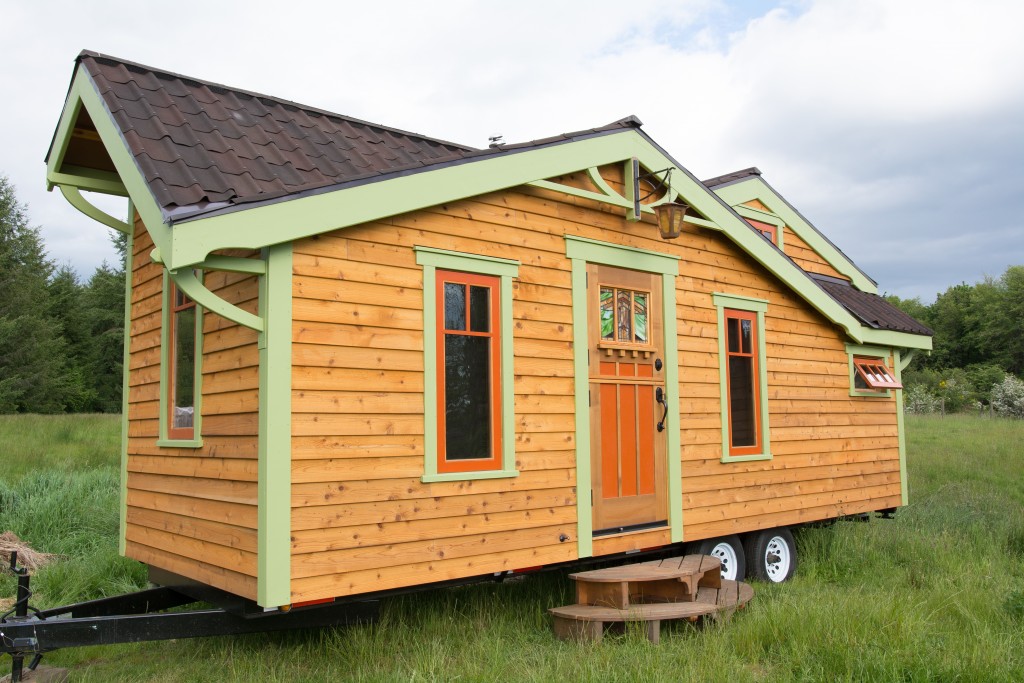A house is undoubtedly one of the most expensive purchases in a person’s lifetime. Construction costs and monthly mortgage payments alone can leave you stressing about your finances. Furthermore, if you want a house that’s specifically built to suit your aesthetic preferences, the expenses can surge even higher.
The good news for all eccentric souls out there, whose goals include owning a unique home, is there are plenty of types and designs that not only boast beautiful architecture but are also easy on the pocket.
Here are some unconventional, cost-effective ideas you can take inspiration from for your dream house:
Mud House
Now, you may not be too keen on making a mud house your permanent place of residence, considering that it seems more of a tourist attraction than an actual home. However, don’t dismiss this idea without knowing its advantages.
Mud can be upgraded into a “high-performance building material” through a relatively simple process. Furthermore, mud blocks that have undergone stabilization are observed to be much less susceptible to pest infestation like rodents and termites. Not only that, as it’s also cost-effective and eco-friendly compared to other materials like regular bricks and concrete.
The history of using mud in architectural structures go way back with the awe-inspiring forts in Morocco, ancient vaults and arches in the Nile Valley, and world-famous multi-storeyed houses of the Pueblo Indians in Latin America being made of sun-baked mud.
You can even add modern functionality to a mud house’s classic appearance. Check out the Sans Souci in Bengaluru and the Arulville retreat in Tamil Nadu as both are aesthetically appealing and environmentally sustainable.
Timber-framed House

The construction of a timber-framed house is an ancient art that entails traditional framing techniques to connect a network of posts, rafters, braces, and beams using mallets, chisels, and pegs. In fact, it’s a basic engineering method used in German and Scandinavian woodworking traditions. It’s also been extensively applied in creating structures in Asia, Francophone regions, and the British Isles in the early centuries.
Nowadays, many manufacturers utilize high-tech methods to build prefabricated homes that allow for a shorter duration of construction, leading to decreased labor costs. Not only that, but timber is also much cheaper and has a lower environmental impact than steel frames.
Timber has been receiving numerous praises for being an eco-friendly and renewable resource, so a timber-framed house can help cut energy bills since it provides better insulation during seasons with intense temperatures. Furthermore, it can give a peaceful, soundproof environment that’s made possible by its density.
Dome House
A dome house is an affordable and environmental-friendly option. According to TreeHugger.com, the construction of a dome house doesn’t involve deforestation or produce waste. It’s usually made of polystyrene that is derived from carbon and hydrogen and cast through clean procedures.
Generally, this prefabricated house with multiple parts can be assembled within a short period of time. In fact, in Japan, a dome house only takes only up to seven days to assemble, with the process being performed by three to four people. For design inspo, check out Steve Areen’s aircrete dome house in Thailand as well.
Aesthetics and quality don’t always indicate skyrocketing costs. If you take the time to explore different options, you can end up with a top-of-the-line, distinctive, and durable house that is also environmentally sustainable and economical.

